The New Brunswick man who weaves the wild
Ralph Simpson’s baskets, tapestries and sculptures turn foraged materials into artworks inspired by the natural world.


Ralph Simpson spent his childhood on the Petitcodiac River in southeastern New Brunswick, subjecting its streamside plant life to the wayward experiments of youth. What could be eaten, he wondered? (Goose tongue and samphire greens.) What would grow into an overstory? (Maples and willows.) And what could be cut, dried, bent and tied into something new, like a bracelet around a teenager’s wrist? (Long blades of grass.)
He followed these questions into university, where he earned degrees in botany, ecology and mycology, followed by 35 years with the Canadian Forest Service, mapping the impacts of insects and disease on Atlantic Canadian flora. He learned more about native plants than most, but when his career ended in 2013, he decided to dig still deeper. He saw but one path forward: basket weaving.
“Baskets and basketry seemed like a natural fit,” Ralph says. The new hobby would allow him to embrace plants not just for their biology – but also their utility.
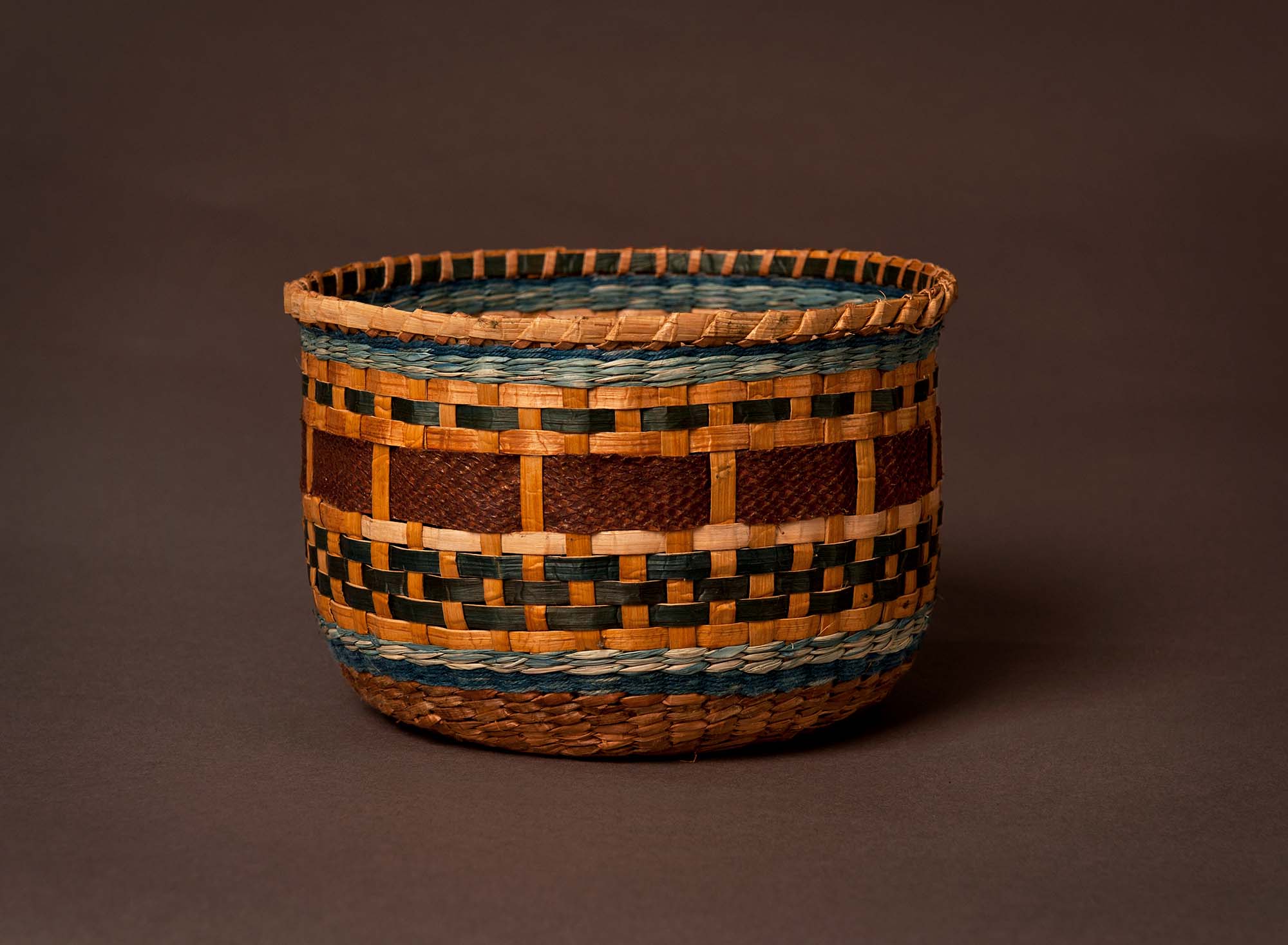
After studying with the New Brunswick College of Craft and Design from 2013 to 2016, he went abroad to expand his knowledge. In Poland he lived with a willow basket weaver. In British Columbia, he consulted an elder on the proper weaving of yellow-cedar bark. In Spain he attended a retreat called Weaving by the Sea, and in Vermont he crashed a basketry festival where he exchanged ideas and techniques with more than 120 other artists. Finally, he built a studio onto his home in Fredericton and undertook basket making full time.
Like a sparrow building its nest, Ralph weaves his baskets from just about anything, provided the material fulfills a few modest criteria: it must be strong and flexible enough to wind tightly around his finger without breaking, it must be natural in every sense of the word, and it must be sustainably harvested. He has built baskets from the bark of cedar, maple, willow, birch, butternut, spruce and poplar trees; from dandelions, daylilies, daisies, cattails, rushes, reeds, lavender and corn husks; from linen, nettle, wool, even copper wire flattened into a ribbon. When he learns of an exotic plant he’d like to incorporate, he searches for a related species native to Atlantic Canada.
“It’s about the fibre,” Ralph says. “I’d like people to have a deeper appreciate for plant fibre and what can be done with it. More people should use baskets instead of plastic bags.” He takes great comfort in knowing that someday his work will biodegrade, finding disparate paths back to the dirt.
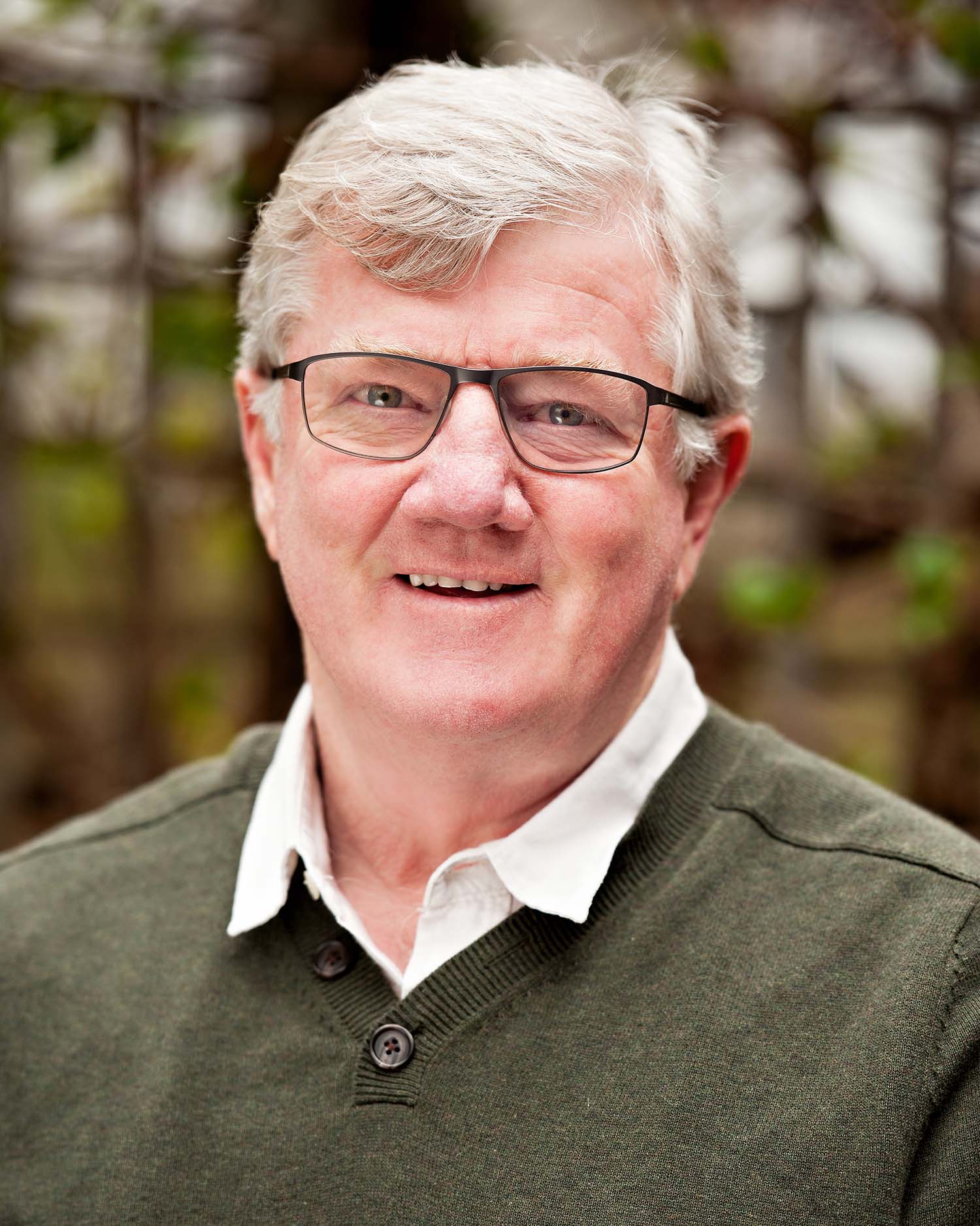
He is strict in his use of natural materials – even his dyes derive from plants – but there have been exceptions, such as the detached sole of a rubber boot discovered on a local beach, onto which he is presently weaving the missing portions of footwear. His rule of harvesting sustainably, however, is inviolable. If he comes across a promising plant, he will not harvest unless the population is plentiful. If a site contains only one or two specimens of a particular species, even if that species is the ubiquitous cattail, he will not touch them.
“Don’t take the first and don’t take the last,” Ralph recites.
His background in botany often allows a specialized harvest for each species of plant. Dandelion stems, for example, are at their longest immediately after seeding, so he waits for their famous parachute-like seeds to take flight before plucking the plant. Milkweed pods, however, are at their most useful before seeding, so Ralph will harvest them, remove their seeds manually, then scatter the seeds wherever the pods originated. He collects bark opportunistically from trees already felled – along powerlines, highways, or else on the properties of friends and neighbours.
“It’s about making sure we don’t disrupt or interfere with plant processes in any significant way,” he says. “Even if I don’t think there’s any shortage of dandelions.”
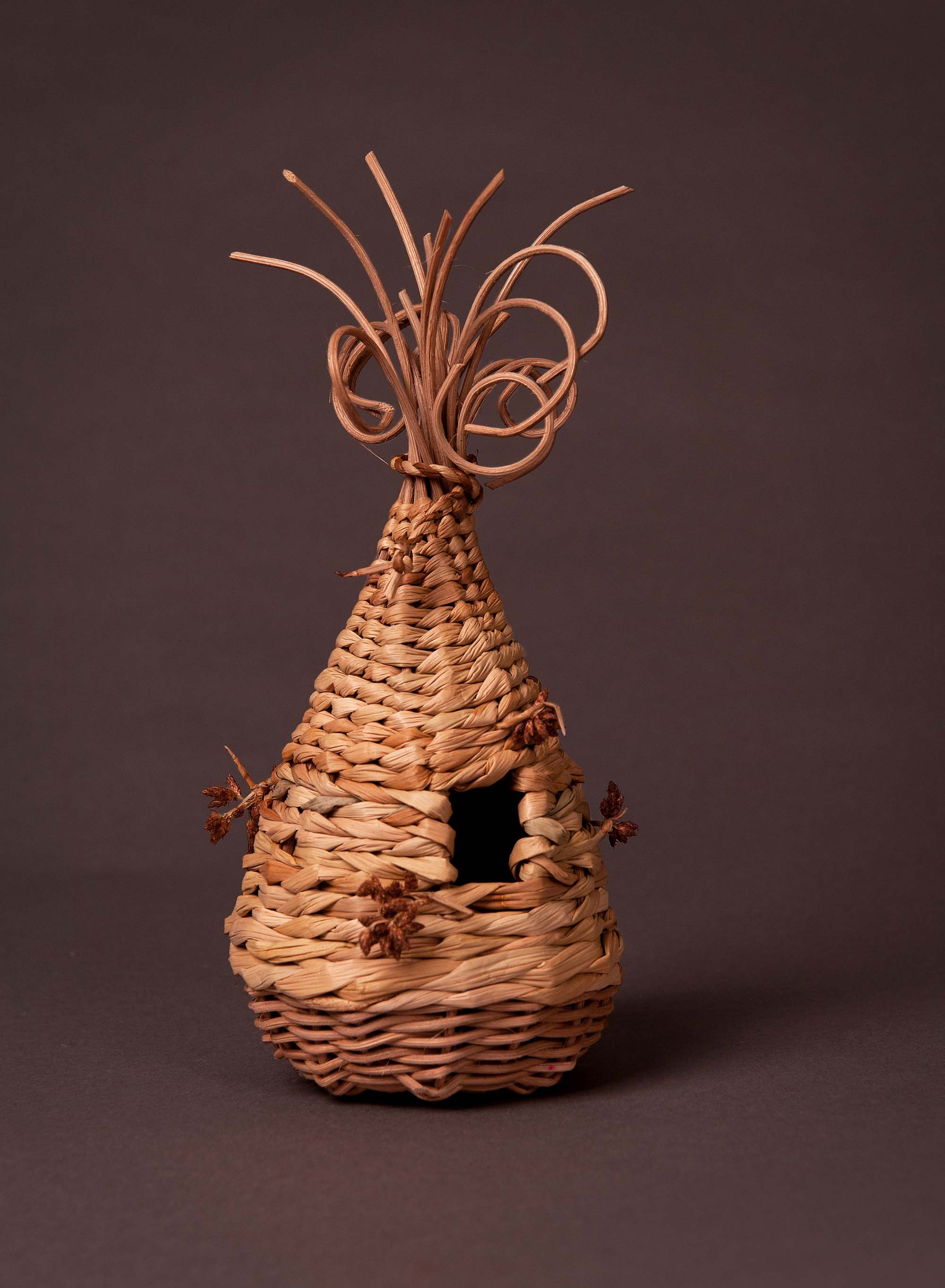
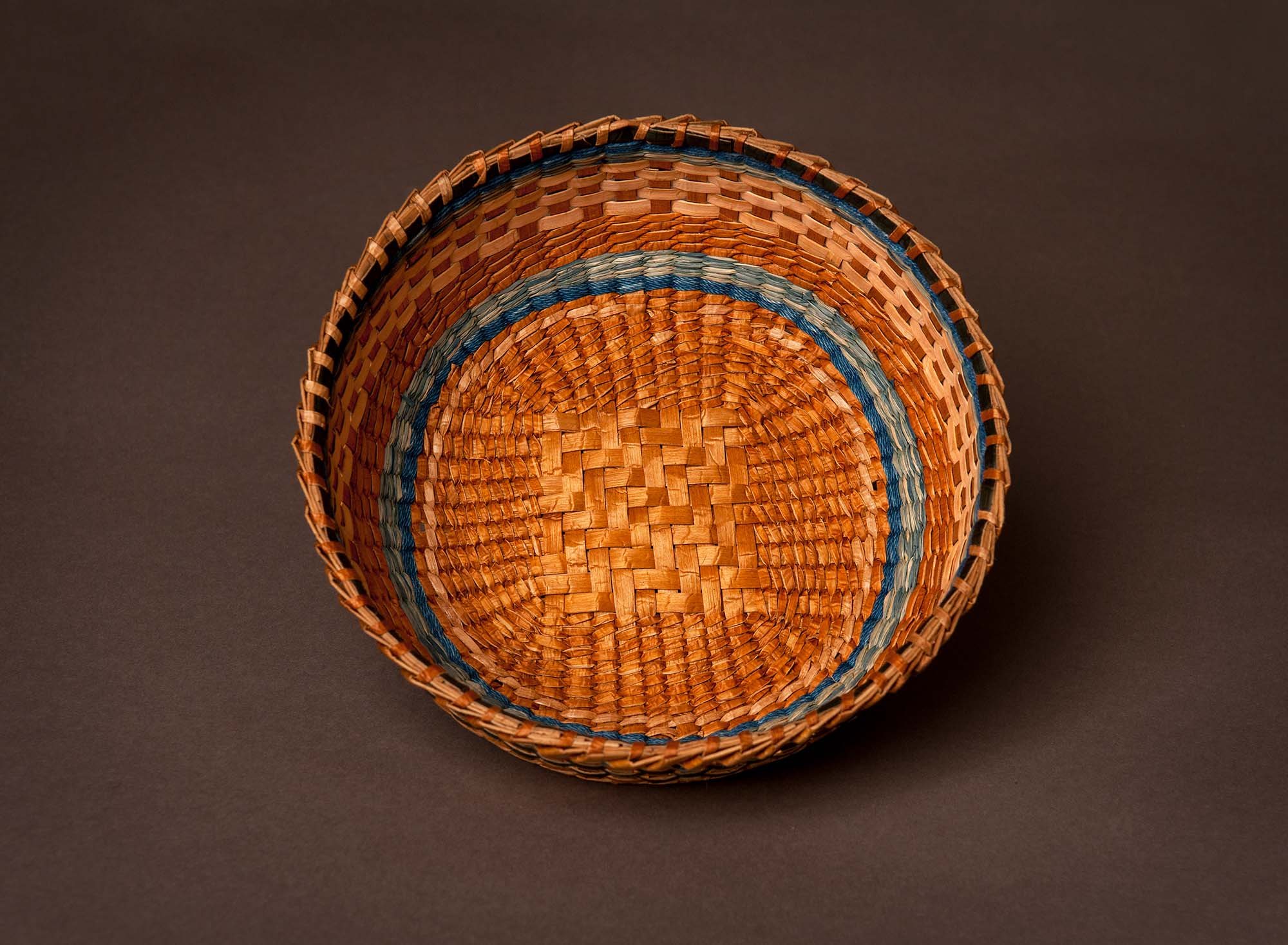
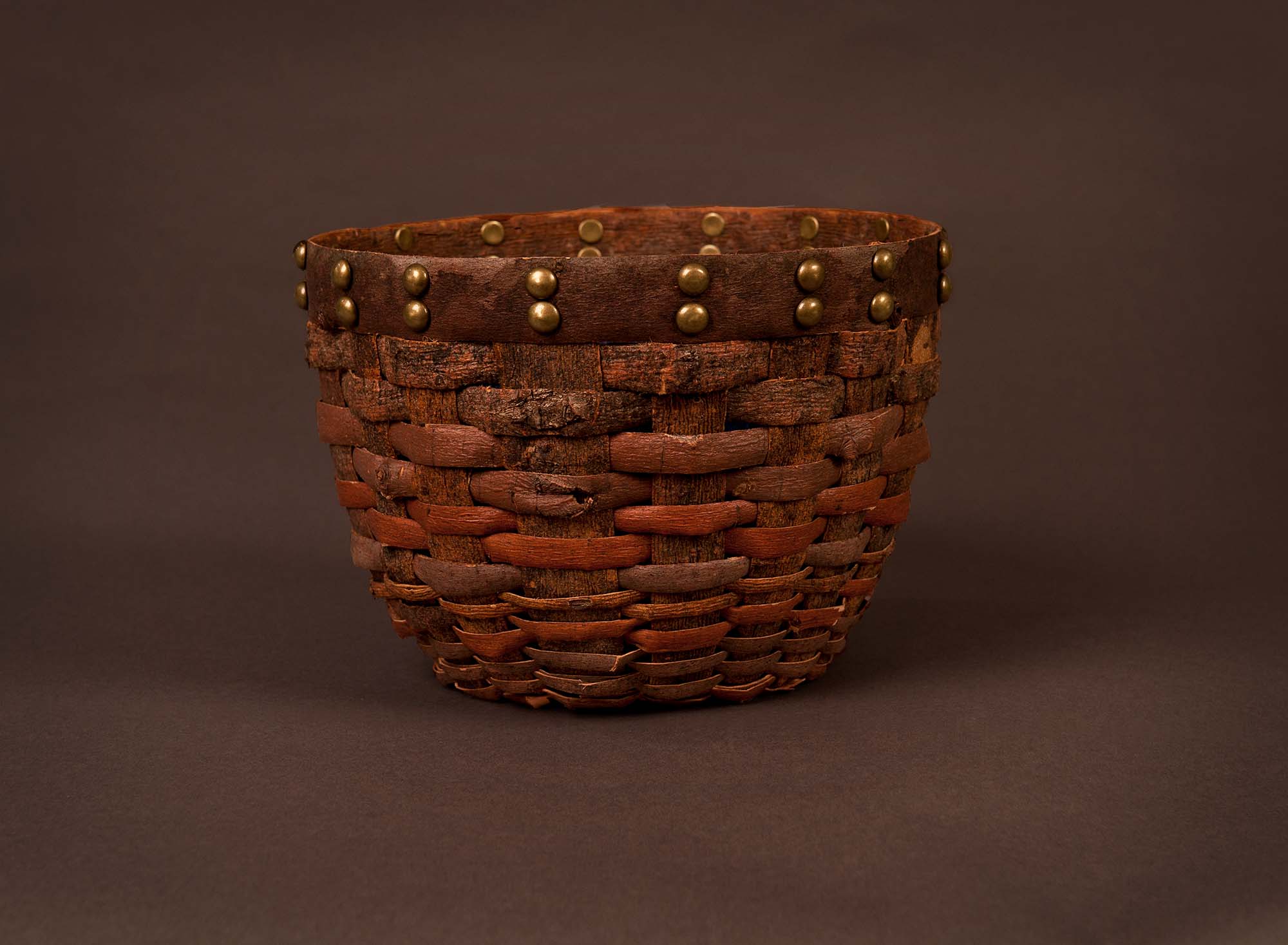
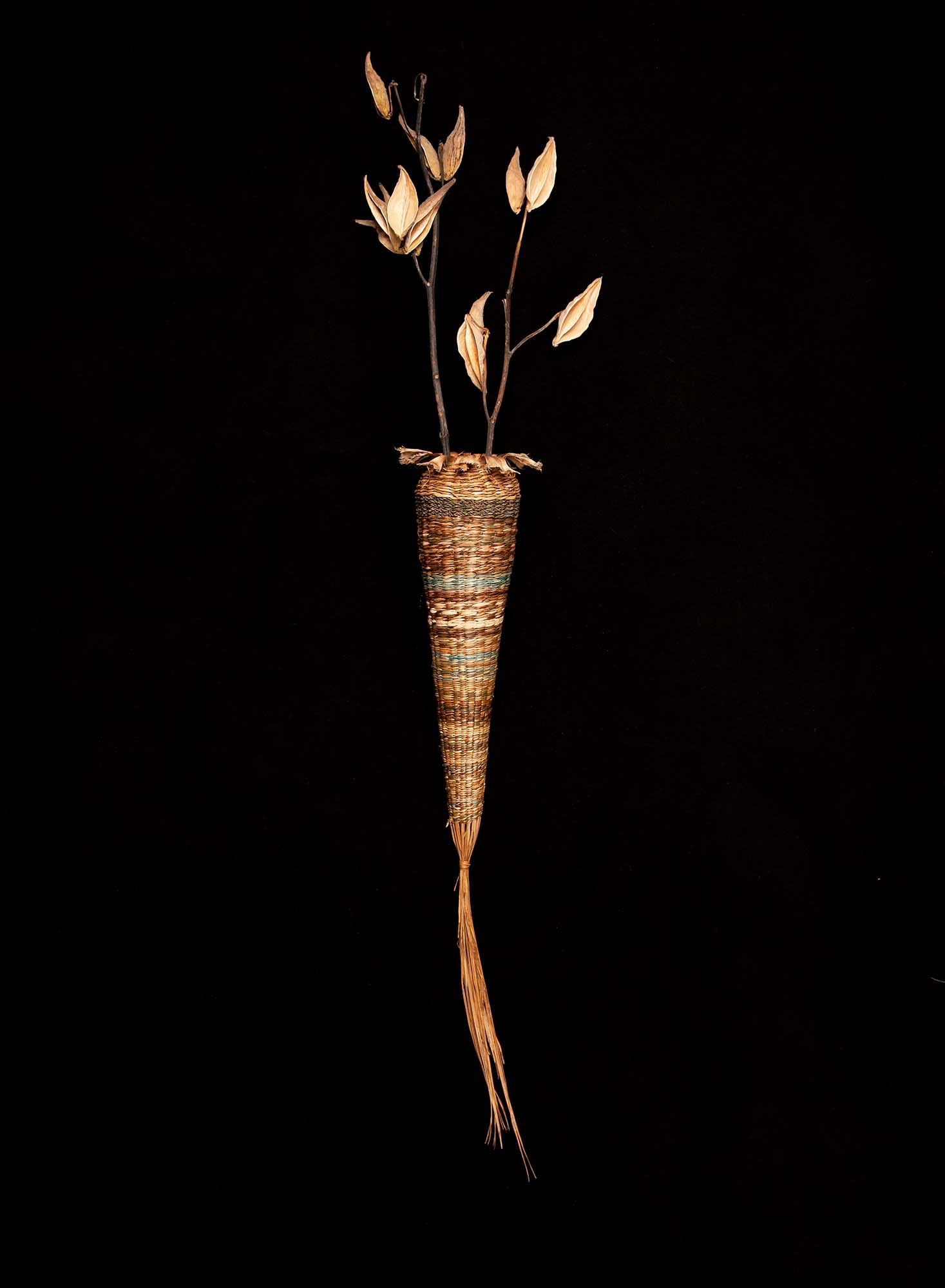
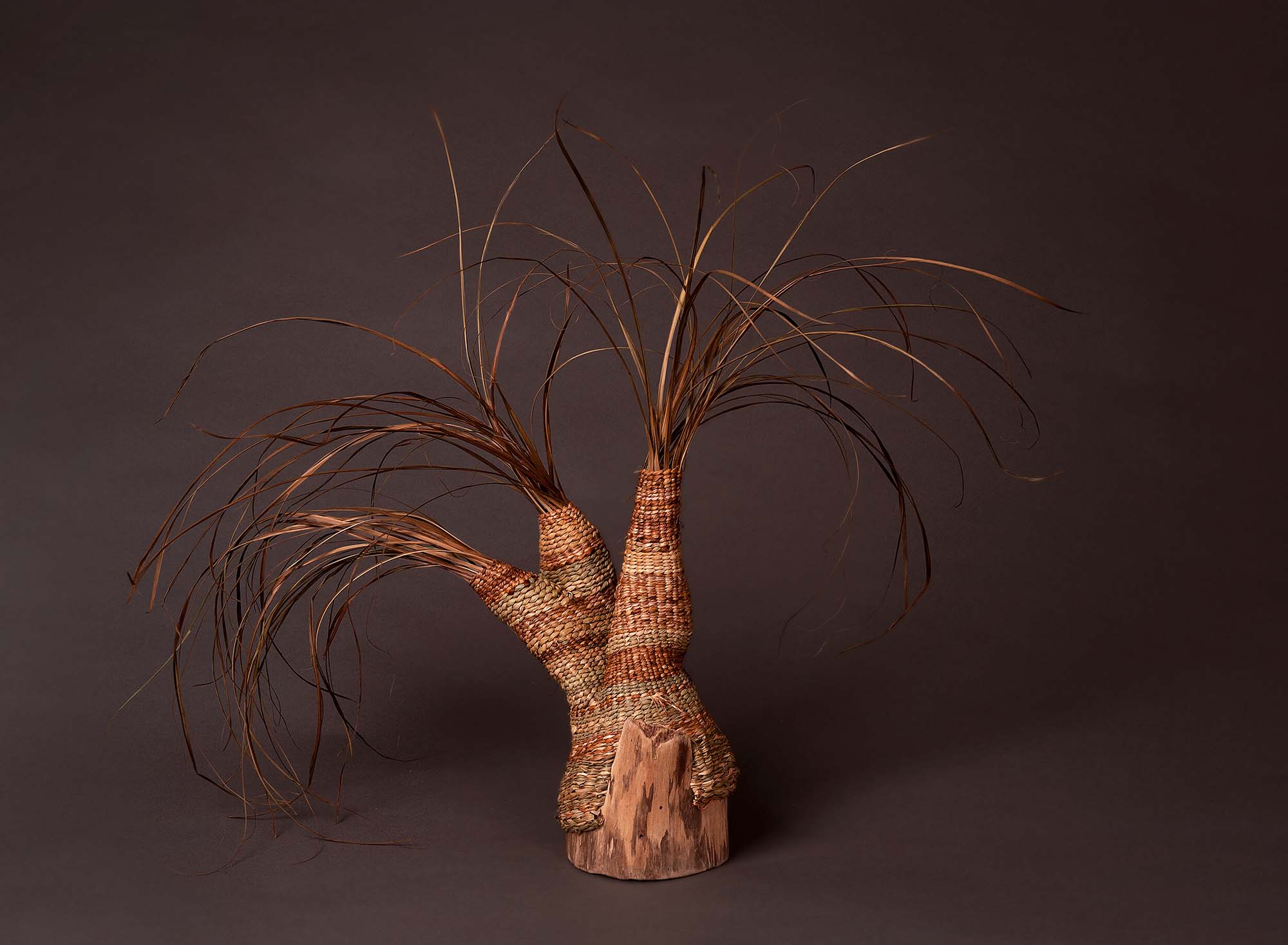
Ralph has woven hundreds of baskets since 2013, subsequently sold through galleries and exhibitions or directly from his studio. Some have been functional, most decorative, but few especially colourful. He sticks to narrow palettes of brown, grey, blue or gold, rich in shades more than colours. This is because Ralph is colour blind, deriving the majority of his inspiration from shapes and materials. And, more recently, from fish.
In 2021, while visiting Fundy National Park, Ralph participated in the reintroduction of Atlantic salmon to a local river, carrying these massive fish to the water in slings, then holding them steady in the current while they found their equilibrium. These enormous fish, testing their strength against his hands and then darting free into a rewilding watershed, had a profound effect on Ralph, as did the texture and pattern of their skin. He visited a seafood establishment shortly thereafter to procure leftover salmon hides, which he then tanned in black and green teas. These he wove into three baskets in early 2022, and when they were finished, he knew it was time to move away from basketry altogether.
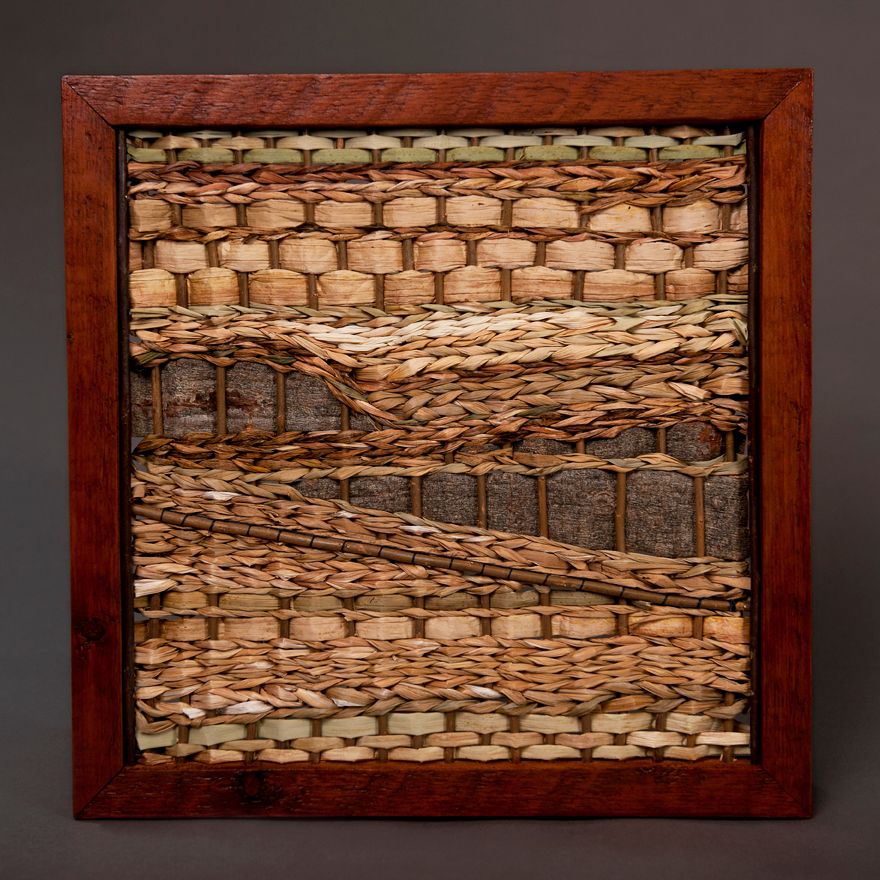
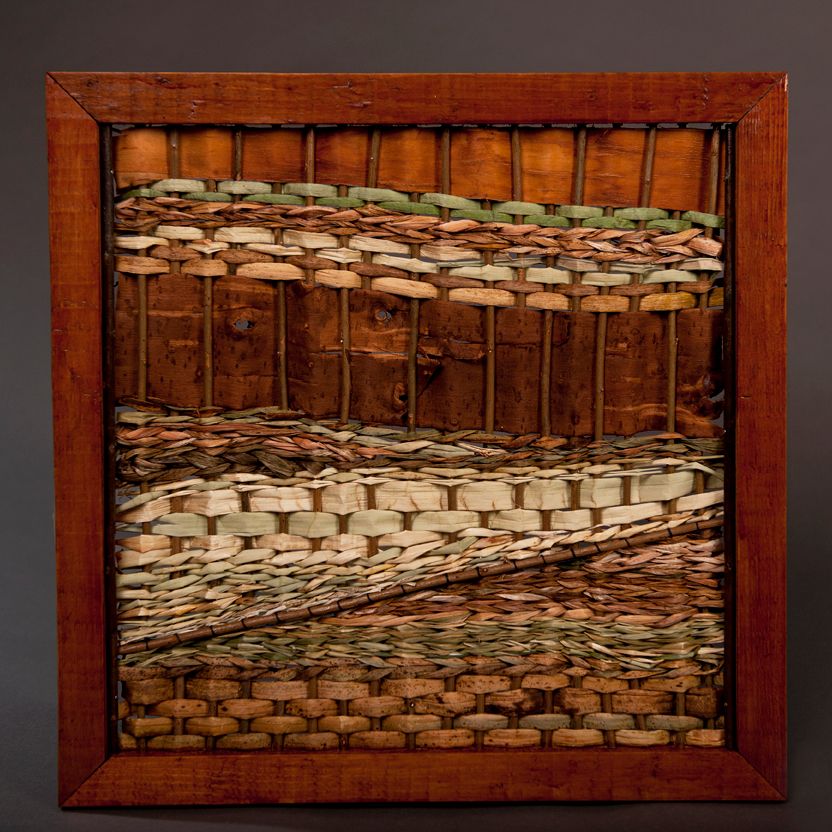
He’s begun weaving tapestries, working his natural fibres along willow rods supported by wooden frames, depicting landscapes with shades of brown. He is also weaving sculptures, natural shapes like leaves, flowers, acorns and seed pods built of all the same materials constituting his baskets.
While an artist-in-residence with Killarney Lake Park in Fredericton this July, he decided to take up a challenge issued more than 50 years ago by American poet W.S. Merwin in his famous piece Unchopping a Tree. This brief text, describing with sober futility how a severed branch might be reattached to its host tree, inspired Ralph to do the next best thing – weave a tree from scratch. This sculpture, first exhibited with Fredericton’s George Fry Gallery this past August, stood little over six feet tall, articulating the tree’s trunk and early canopy, woven of bark from seven species: red maple, silver maple, sugar maple, poplar, willow, birch and butternut.
“A lot of people have commented on this tree,” says Simpson. “It won’t be useful, but it will stand in recognition of plant life. If I can bring people back to thinking about nature in any way, then good. I’ve done what I set out to do.”
All photos courtesy Ralph Simpson.
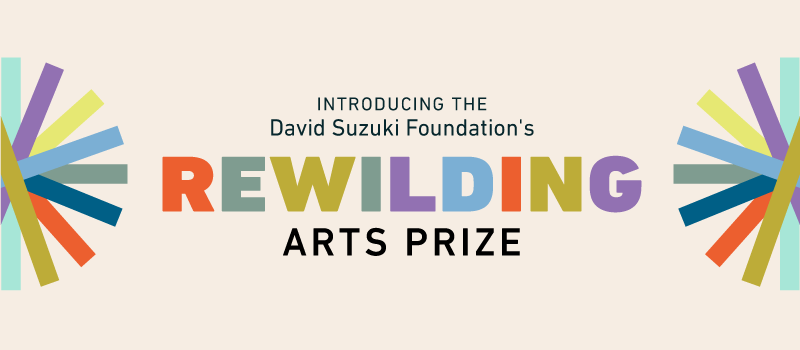
This article is part of a series on rewilding and the arts as part of the David Suzuki Foundation's inaugural Rewilding Arts Prize. Read more about the prize and the winners here:
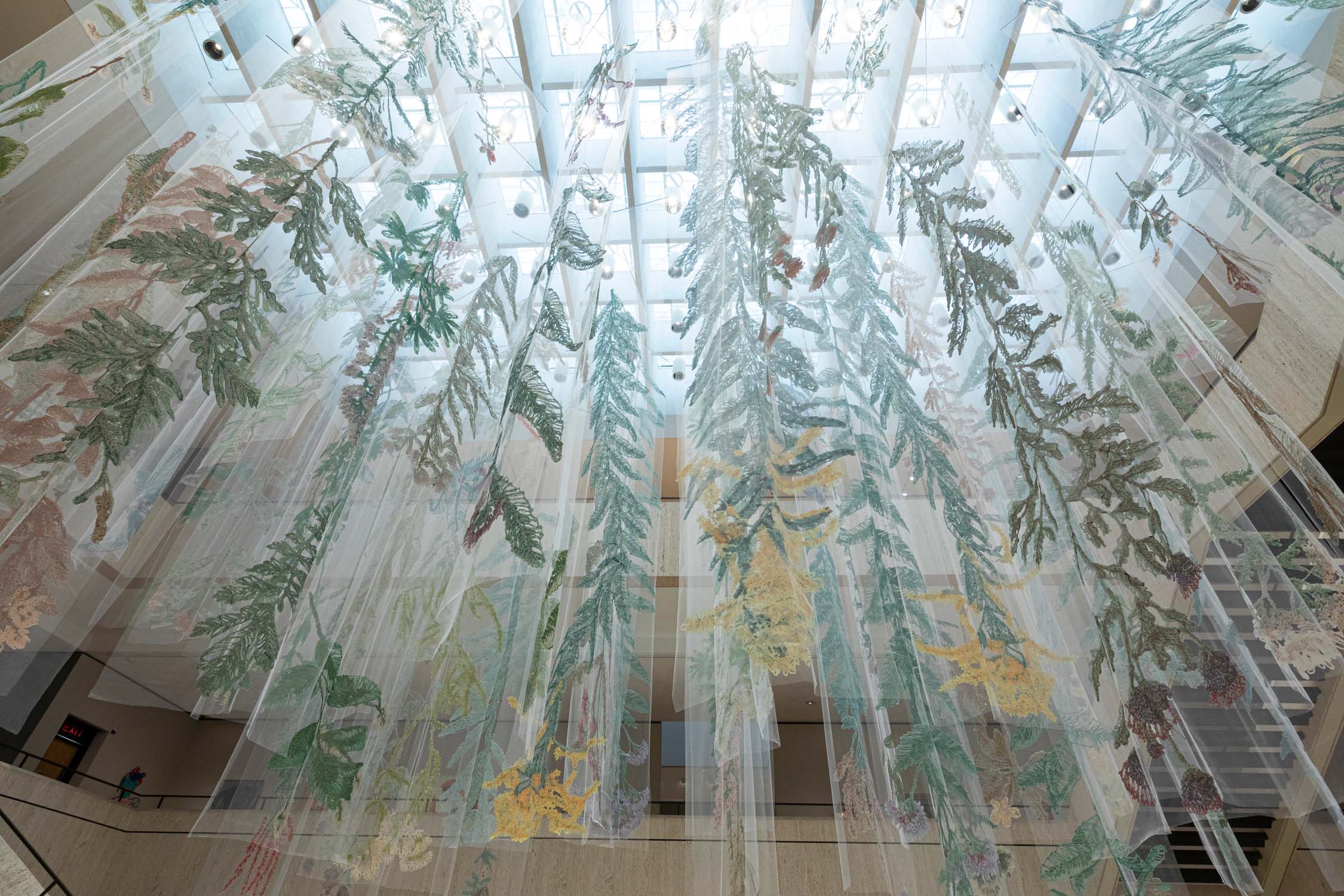






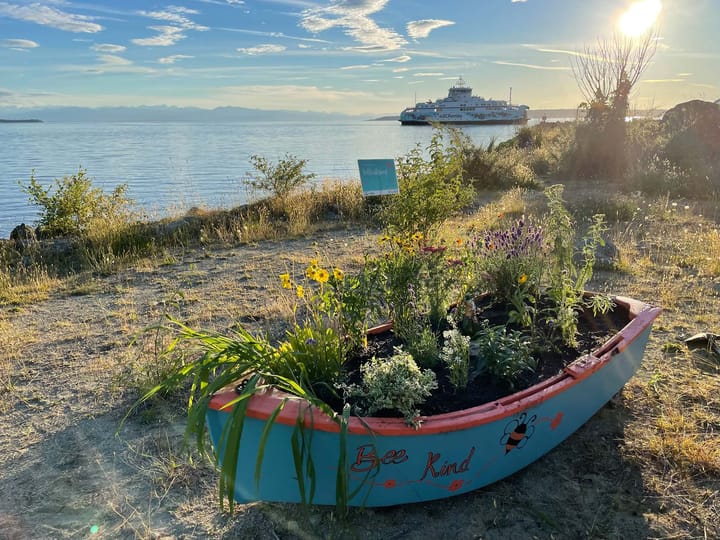




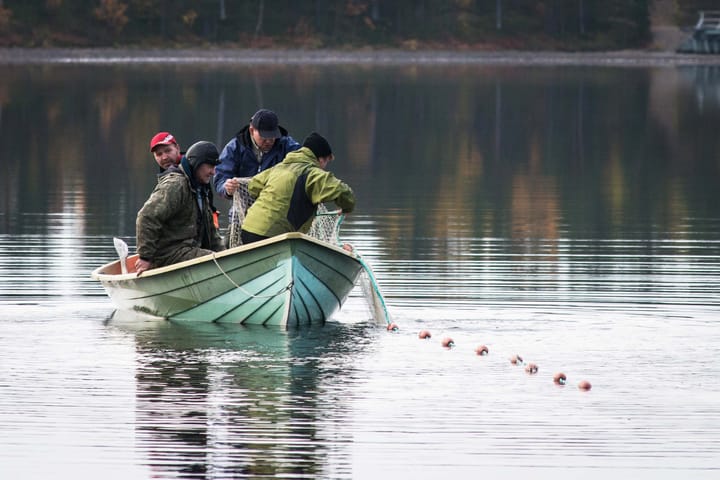

Comments ()